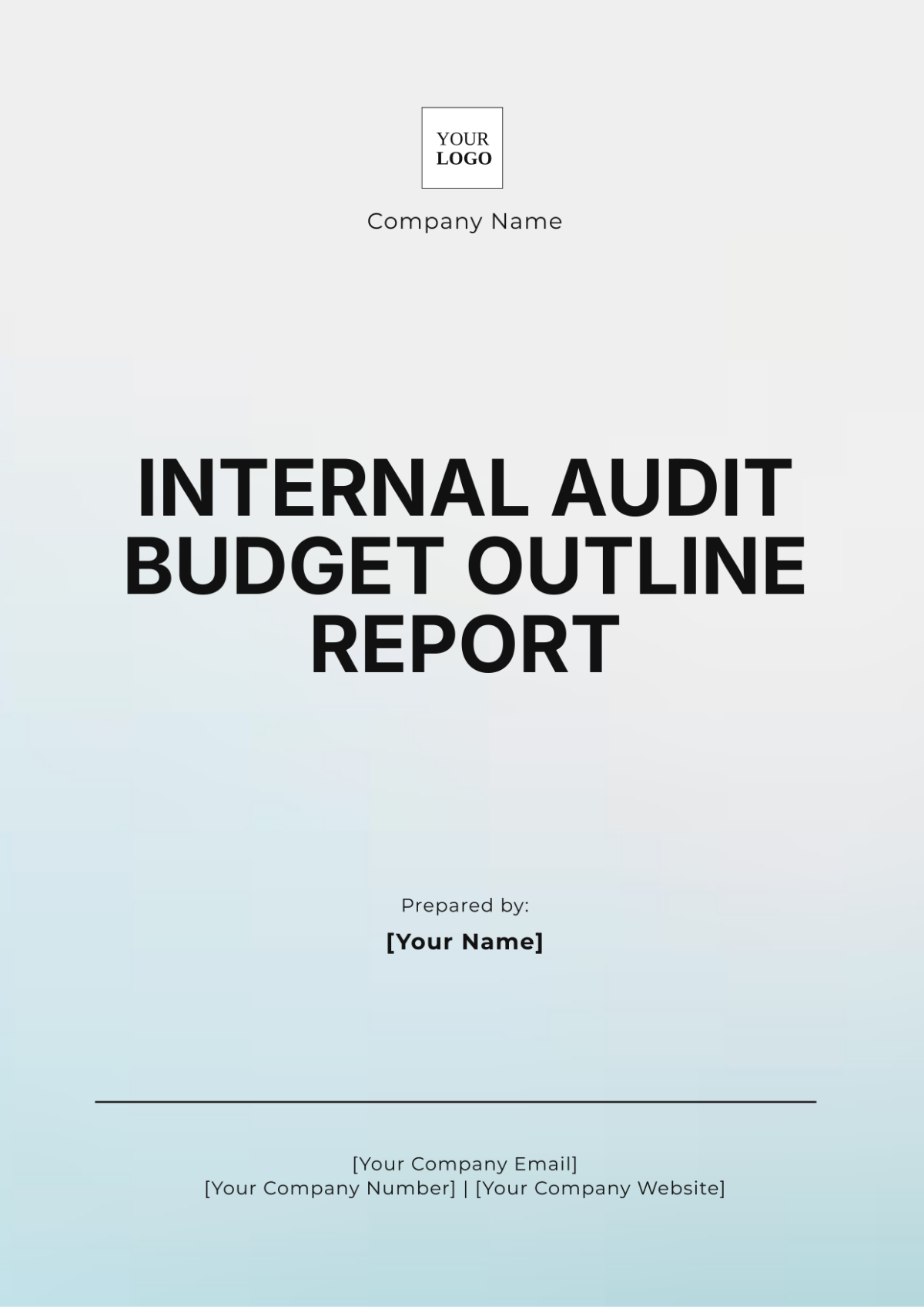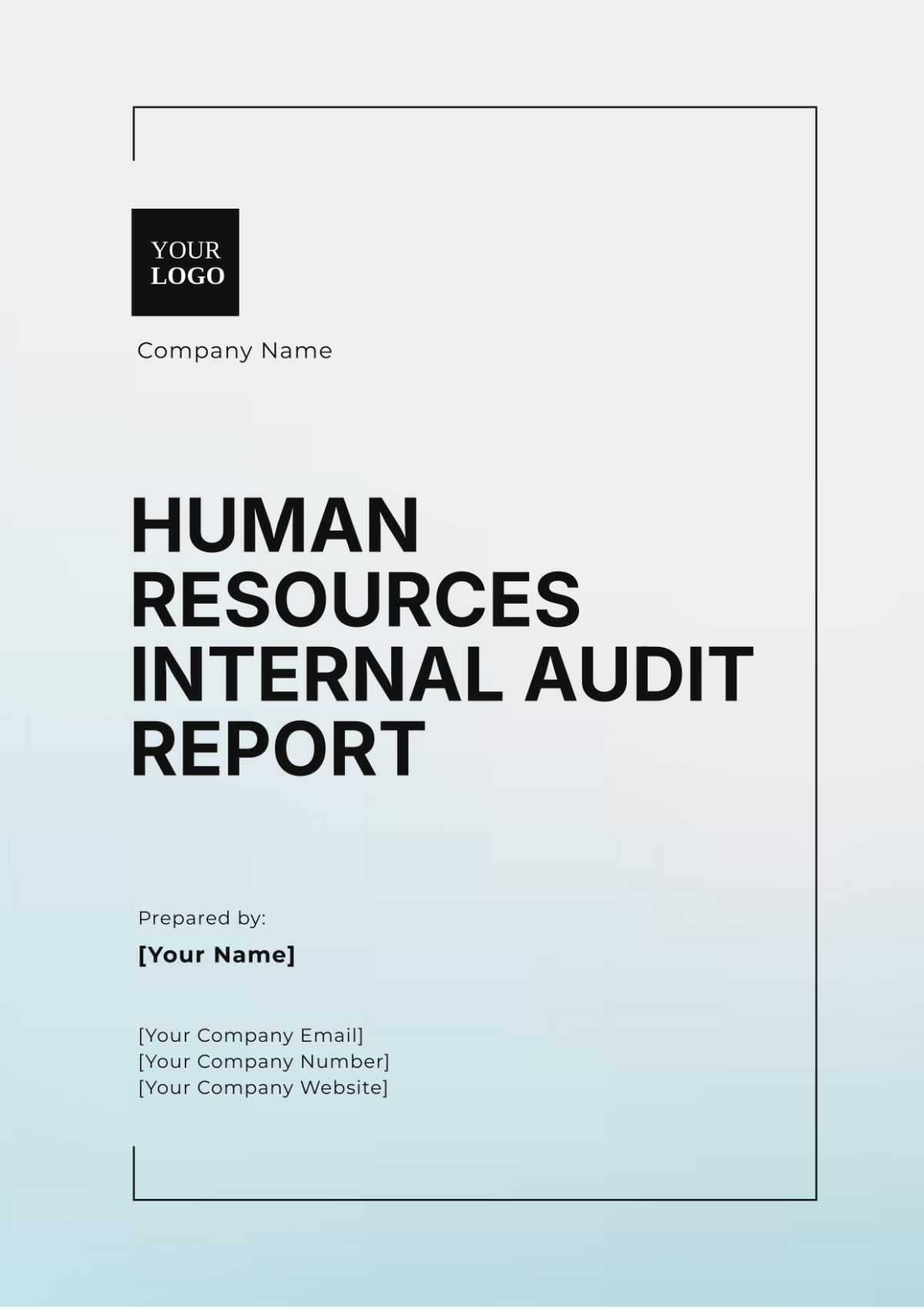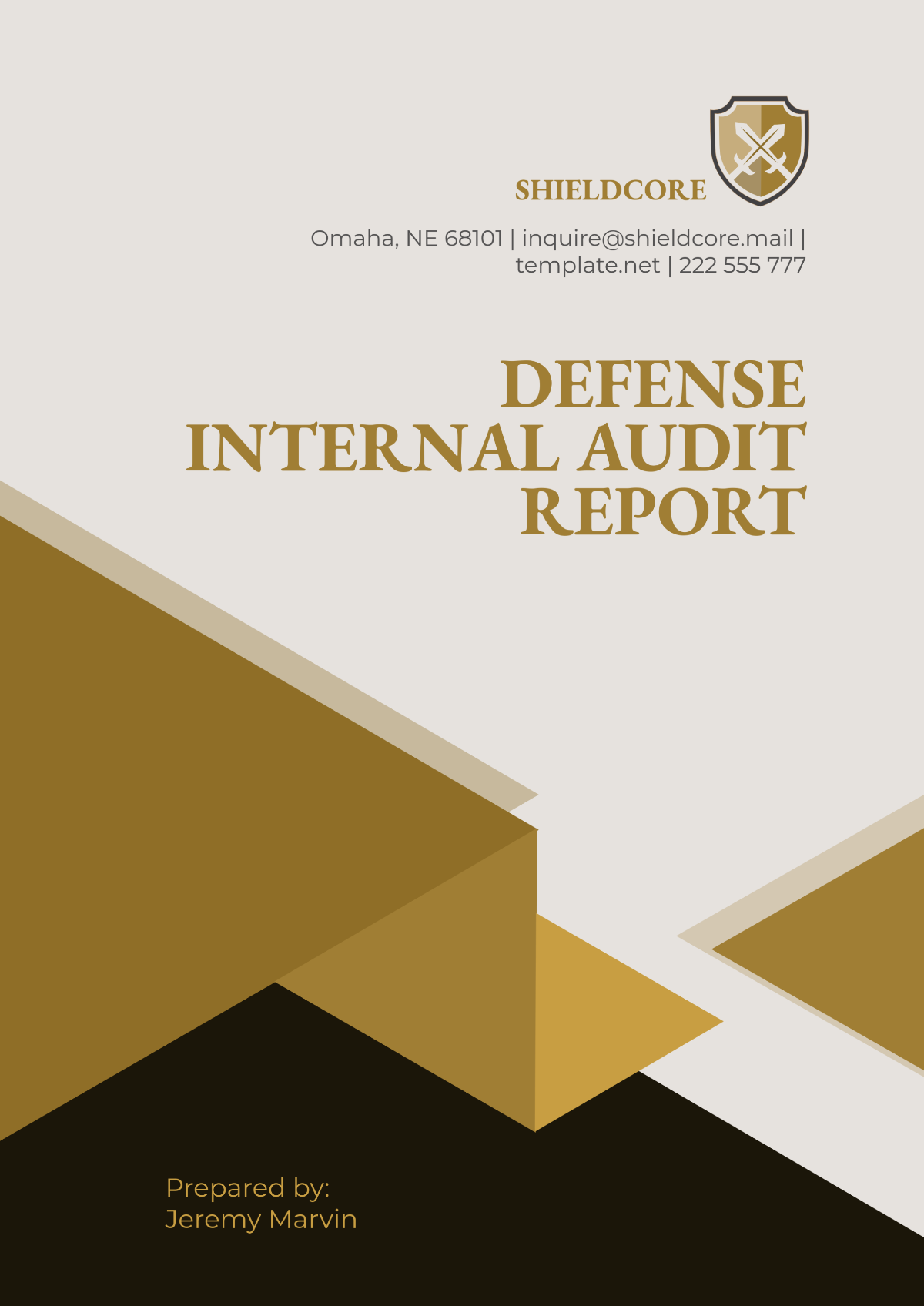Free Internal Audit Execution Report Blank
Plan and execute audits seamlessly with the Internal Audit Execution Report Blank Template from Template.net. This customizable and editable template provides a clear format for documenting the audit process. Edit it in our Ai Editor Tool to fit your specific audit execution needs.






























